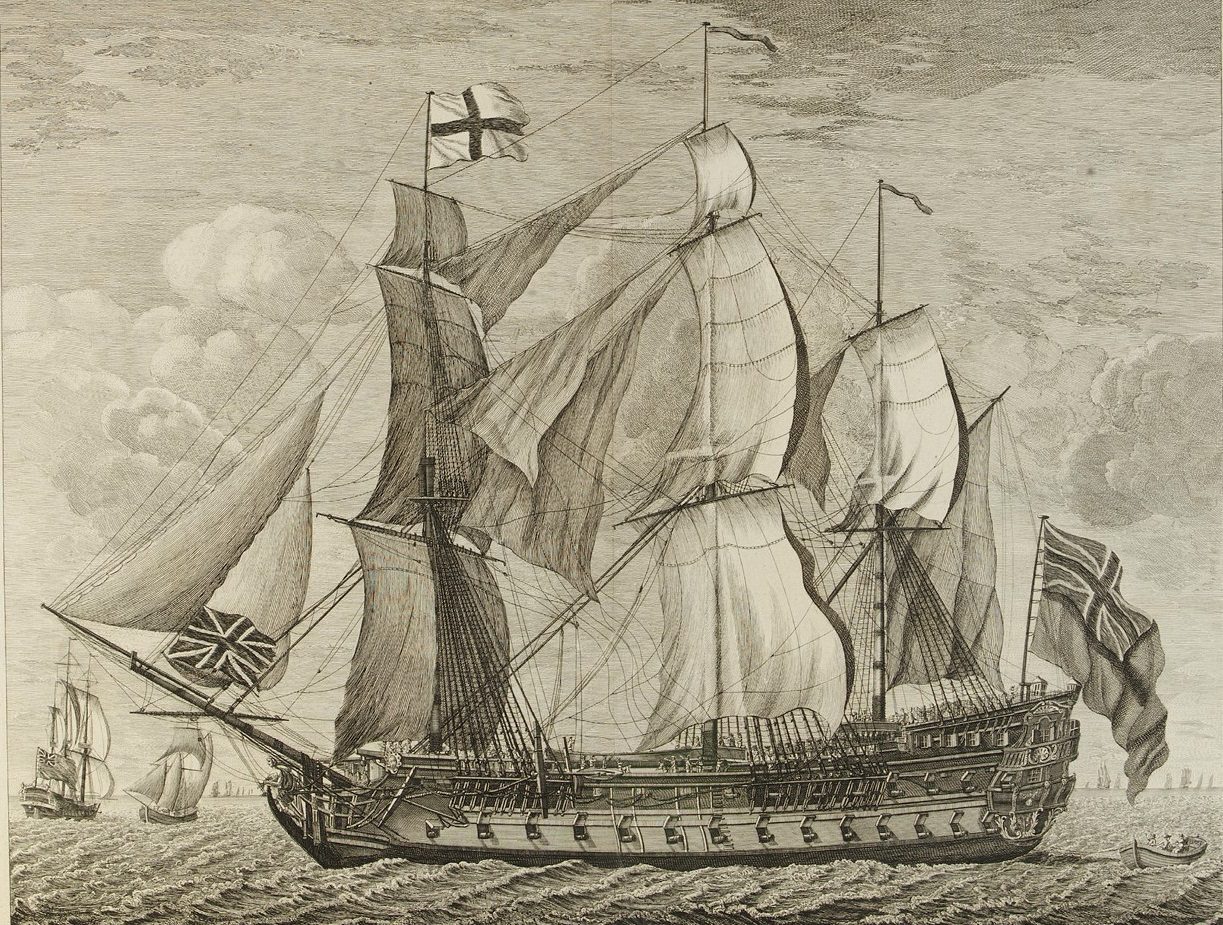A team of underwater archaeologists from Bournemouth University have uncovered the rudder from the first HMS Invincible.
The HMS Invincible was a 74-gun ship of the line of the French Navy, designed by Pierre Morineau and launched in 1744 in France on the banks of the River Charente.
At the First Battle of Cape Finisterre during the War of the Austrian Succession in 1747, the Invincible escorted a convoy of merchant ships when she was sighted by a British fleet of 16 ships of the line.
To allow the convey to escape, the Invincible engaged six British warships, but after suffering many casualties the French Commander, Saint-Georges struck her colours and surrendered his sword to the Admiral of the Fleet, George Anson of the Royal Navy.
In 1757 Invincible began a voyage to Louisbourg (modern day Nova Scotia), but a series of calamitous events led to her wrecking on the Horse Tail Sand sandbank in the East Solent, between Langstone Harbour and the Isle of Wight.
The site of the wreck was rediscovered by a fisherman in 1979 and was designated under the Protection of Wrecks Act in 1980.

Archaeologists and divers from Bournemouth University and the Marine Archaeology Sea Trust began excavating the wreck in 2017 but her rudder was never found. It was believed to have parted from the main stern and floated off as the ship ran aground.
Dr Dan Pascoe, an archaeologist at Bournemouth University said: “We have conducted several routine surveys of the seabed, and had previously noted an anomaly in the sand, which I suspected could have been the rudder. Since then, natural erosion of the sand has revealed more of its secrets and our divers have finally been able to confirm where it has been hiding the missing piece of the puzzle.”
The rudder is still in one piece and is over 11 metres from top to bottom. Whilst it appears to be well preserved, archaeologist are now worried that exposure to the elements could cause it to deteriorate, so are now looking for financial investment to recover and conserve on dry land.
Dr Pascoe explained: “In the short term we are going to bury it with sandbags to protect it from further erosion, then longer term our team are looking into whether it can be brought to the surface and preserved safely.”
Header Image – HMS Invincible – Drawn by Richard Short and engraved by John Boydell – Public Domain





